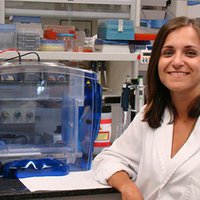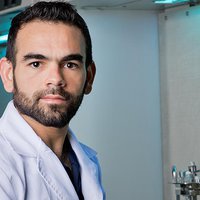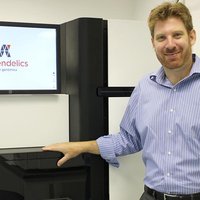"In the United States, a specific panel of experts is in place to continuously asses the effectiveness of treatments used in clinical healthcare services (or their lack thereof). In the case of prostate cancers, some alarming figures have been released, in that aggressive treatment – such as surgical intervention or radiology – are employed whereas ""most prostate cancer is asymptomatic for life''.
''Over 100,000 patients are overtreated whereas 30% of those which are not die of cancer every year,'' says Héctor Gómez, Professor at the University of La Coruna (Spain). In other words, doctors seem to lack tools to target the ''bad'' tumors – those developing into metastasis - and them only. Gómez's research has been addressing this key issue.
Typically, oncologists base their predictions on the Partin Tables, elaborated by Dr Alan Partin in the early 90's and used and perfectioned since then, however the basic prediction mechanism lies in the concentration of PSA in the patient's blood, and a biopsy. What Gómez observed was that there was a large amount of other data and information which were not used at all to improve the prediction algorithms. For instance, the geometry (size and shape) of the cancer, available through the most recent improvements in Magnetic Resonance Imaging (MRI). ''The resolution and quality of these images doubles every two years'' Gómez explains. Furthermore, the adoption of isogeometric analysis has further simplified the extraction of the geometrical features from MRI images, which is therefore integrated into Gómez's software, and therefore can take into account the growth of the tumor and of the vasculature that develops around it to increase the validity of the predictions.
Thanks to a 5-year grant from the European Research Cancer (ERC) in the context of the MuSIC project (Modelling and SImulation of Cancer growth), of which he is the coordinator, Gómez could move to a clinical testing phase, whereby the process has been applied to patients issued from both a Spanish and a US hospital institution. According to the scientist, the first results are satisfactory: ''We managed to produce several pilot models able to reproduce several behaviours observed in the growth of prostate cancer'' which means that the road to more reliable predictions – and more targeted intervention – is now shorter."




